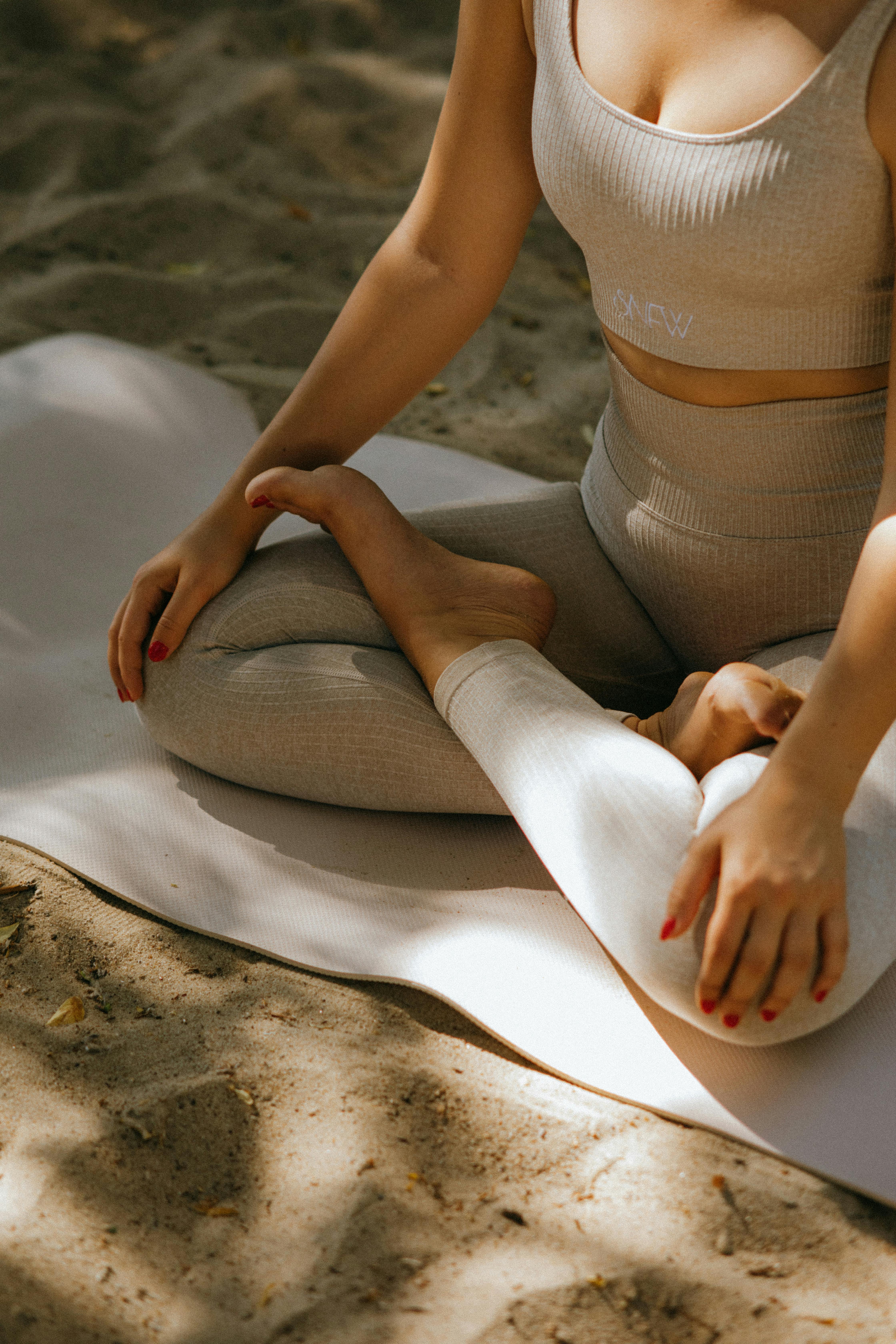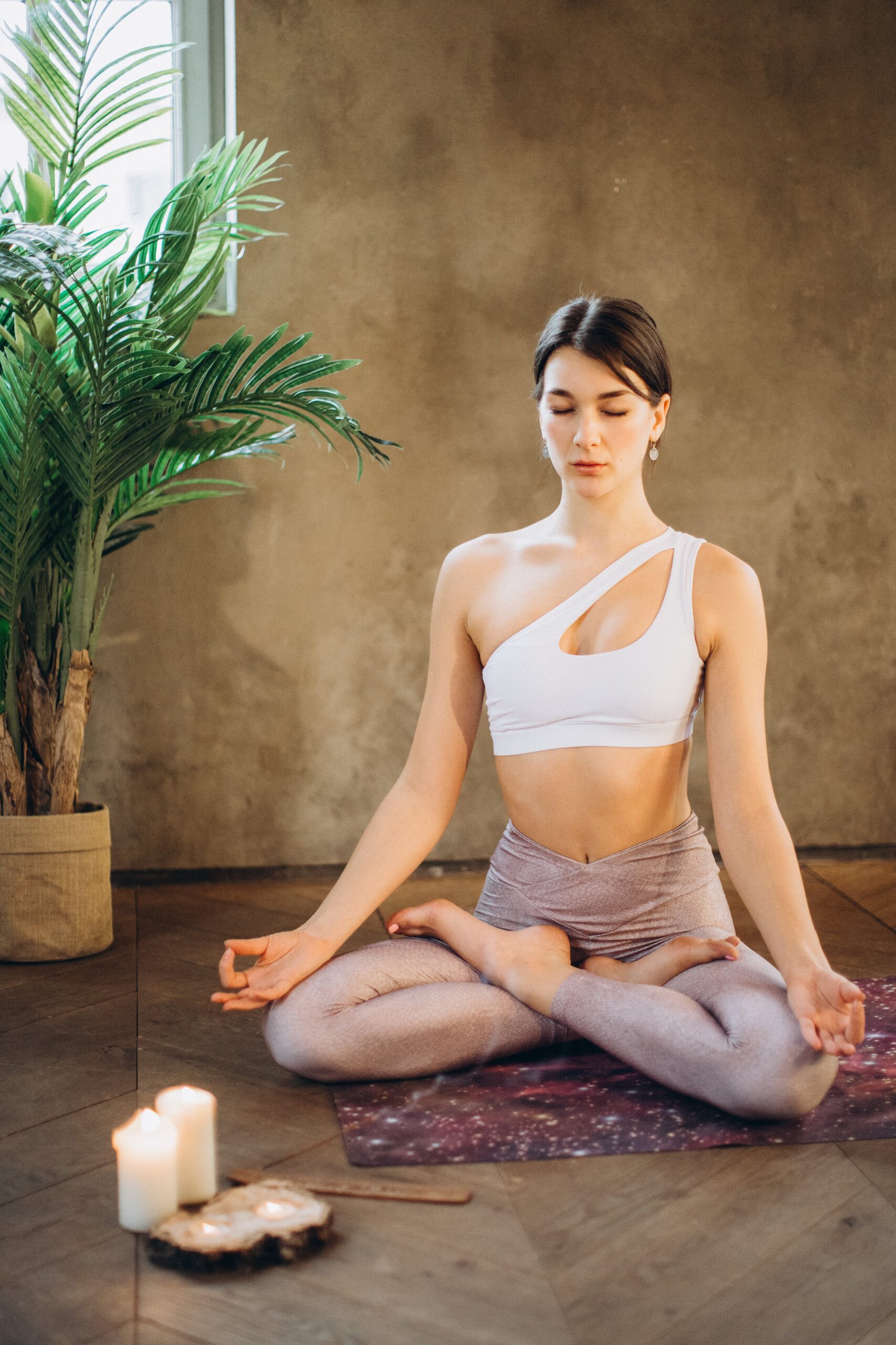In the realm of mind-body practices, the symbiotic relationship between yoga and breathwork has long been revered for its transformative potential. At IndianCulture.com, we invite you to embark on a journey of self-discovery as we explore the profound connection between breath and transformation in the realm of yoga. By delving into the depths of ancient practices, we will uncover how harnessing the power of our breath can lead to inner peace, holistic well-being, and a heightened sense of awareness. Get ready to unlock the potential within as we uncover the secrets of yoga and breathwork integration.

The Basics of Yoga
Yoga is a practice that has been around for thousands of years and is deeply rooted in Indian culture. It is a holistic system that aims to unite the mind, body, and spirit. The word “yoga” itself means union or connection, and this is precisely what the practice seeks to achieve – a connection between our physical and spiritual selves.
At its core, yoga involves a series of postures, known as asanas, that are designed to promote strength, flexibility, and balance. These postures are often combined with breathwork, meditation, and relaxation techniques to create a complete practice. While yoga is often associated with physical fitness, it is so much more than just a workout. It is a comprehensive practice that can have profound effects on our overall well-being.
Different Types of Yoga
There are numerous different types of yoga, each with its own unique focus and approach. Here, we will explore some of the most popular types:
Hatha Yoga
Hatha yoga is one of the most foundational and widely practiced forms of yoga. It emphasizes the physical postures and is ideal for beginners. Hatha yoga classes typically incorporate a combination of gentle stretching, breathing exercises, and relaxation techniques.
Vinyasa Yoga
Vinyasa yoga, often referred to as “flow” yoga, is a dynamic and fluid practice that links movement with breath. It involves seamlessly transitioning between poses, creating a continuous flow. Vinyasa yoga classes are generally more fast-paced and can be physically challenging.
Ashtanga Yoga
Ashtanga yoga, also known as “eight-limbed yoga,” is a rigorous and disciplined practice. It follows a specific sequence of postures that are performed in a set order. Ashtanga yoga classes are often physically demanding and focused on strength, flexibility, and breath control.
Bikram Yoga
Bikram yoga, also called “hot yoga,” is practiced in a heated room. It consists of a sequence of 26 postures and two breathing exercises. The heat is said to enhance flexibility and detoxification.
Kundalini Yoga
Kundalini yoga is a spiritual practice that focuses on awakening the dormant energy within us, known as kundalini energy. It incorporates dynamic movements, chanting, meditation, and breathwork to encourage a deep spiritual experience.
Iyengar Yoga
Iyengar yoga places a strong emphasis on alignment and precision. Props such as blocks, straps, and blankets are often used to assist in achieving the correct alignment in each pose. Iyengar yoga classes are suitable for all levels and can be particularly beneficial for those recovering from injuries.
Yin Yoga
Yin yoga is a slow-paced practice that targets the connective tissues of the body, such as the ligaments, bones, and joints. It involves holding passive poses for an extended period, which allows for deep relaxation and increased flexibility.
Restorative Yoga
Restorative yoga is a deeply relaxing and nurturing practice that aims to stimulate the body’s natural healing mechanisms. It involves slow, gentle movements and the use of props to support the body in each pose. Restorative yoga classes are ideal for those seeking stress relief and restoration.
Power Yoga
Power yoga is a dynamic and physically demanding practice that focuses on building strength and stamina. It is often inspired by Ashtanga yoga and incorporates elements of cardiovascular exercise. Power yoga classes are challenging and help to improve overall fitness levels.

Understanding Breathwork
Breathwork is a fundamental aspect of yoga and plays a central role in each practice. It involves conscious control and regulation of the breath to optimize its effects on the mind and body. The breath is considered a bridge between the conscious and the subconscious and has the power to influence our physical, mental, and emotional states.
In yoga, breathwork is known as pranayama. It encompasses a variety of breathing techniques that can be used to energize, calm, or balance the body and mind. Some common pranayama techniques include deep abdominal breathing, alternate nostril breathing, and breath retention.
The Power of Breathwork
Breathwork has the potential to transform our well-being on multiple levels. When practiced consistently and mindfully, it can have a profound impact on our physical, mental, and spiritual health.
Benefits of Yoga and Breathwork Integration
Integrating breathwork into our yoga practice enhances the benefits that both practices offer. Together, they create a powerful synergy that can:
Improved Physical Health
Regular yoga practice, combined with conscious breathwork, can improve overall physical health. The physical postures of yoga help to strengthen and tone the muscles, increase flexibility, and improve posture. Breathwork complements these benefits by increasing lung capacity, improving respiratory efficiency, and promoting relaxation. Together, they can enhance cardiovascular health, boost the immune system, and improve overall vitality.
Enhanced Mental Well-being
Yoga and breathwork have a profound impact on mental well-being. The physical movement and deep breathing in yoga practice release endorphins, which are natural mood-enhancing chemicals. Breathwork techniques such as deep abdominal breathing and meditation help to calm the mind, reduce stress, and promote a sense of inner peace. The integration of these practices can help to alleviate symptoms of anxiety, depression, and insomnia, and improve overall mental clarity and focus.
Deeper Spiritual Connection
Yoga and breathwork are deeply rooted in spirituality and offer a pathway to connect with our inner selves and the larger universe. The intentional breathwork within yoga practice can help to quiet the mind and cultivate a sense of inner stillness, allowing us to tap into our intuition, wisdom, and spiritual essence. This integration can deepen our connection to a higher power, foster a sense of purpose and meaning, and facilitate personal growth and transformation.
Developing Mindfulness and Presence
Yoga and breathwork integration can help cultivate mindfulness and presence in our daily lives. By consciously linking breath with movement in yoga, we learn to stay present and fully engaged in each moment. Breathwork techniques, such as breath awareness and mindful breathing, further deepen our ability to stay centered and grounded. This practice of mindfulness and presence can extend beyond the yoga mat, enabling us to navigate life’s challenges with greater ease and clarity.

Conclusion
Yoga and breathwork integration offer a transformative journey of self-discovery and holistic well-being. By combining the physical postures of yoga with conscious breathwork, we can unlock the full potential of these ancient practices. The benefits are far-reaching, encompassing improved physical health, enhanced mental well-being, deeper spiritual connection, and the development of mindfulness and presence. Whether you are a beginner or an experienced practitioner, exploring the integration of yoga and breathwork can open up a world of possibilities for growth, healing, and transformation. So, take a deep breath, step onto the mat, and embrace the power of yoga and breathwork integration for a truly transformative experience.
